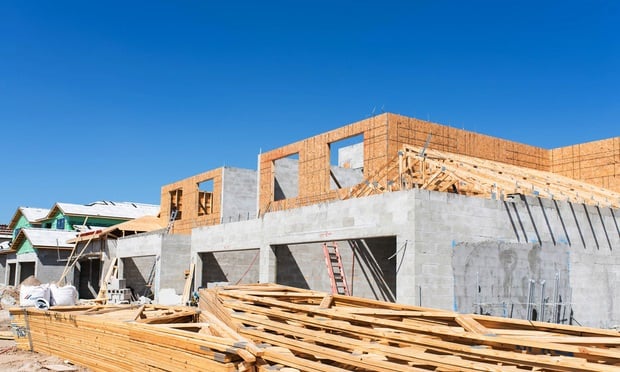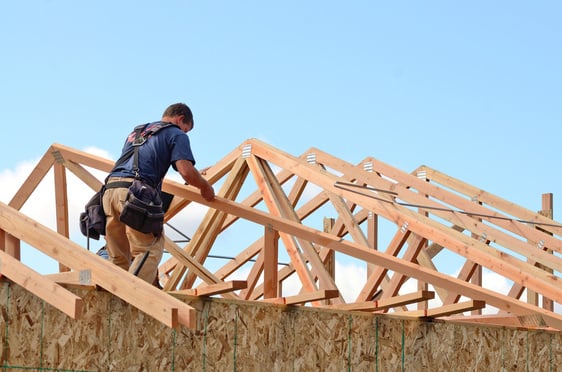SAN FRANCISCO-Multifamily is booming in the Bay Area and leading the way in the next phase of apartment living, and tech firms remain the primary driver of one of the strongest apartment markets in the country. But some worries remain, including high construction costs. Hear more from those active in leasing, investment and development and what's making the Bay Area market different with its urban, transit oriented strategy at the upcoming RealShare Bay Area conference September 11th, but take a look at the preview Q&A below with one of the panelists, Gregory Vilkin, managing principal and president of MacFarlane Partners.
GlobeSt.com: What are you seeing in the San Francisco multifamily arena? I know it seems to be booming, maybe even called one of the healthier markets in the country. What are your thoughts?
Greg Vilkin: The issue in the Bay Area today is construction costs: costs in San Francisco are up 30% since 18 months ago. That means that projects bought based upon today's land price are either assuming high continued rent growth, low construction costs or are being built to lower yields. The San Francisco contractors have done this before and have priced themselves out of a job. The issue with union only construction is when the union halls are empty that's it....no more workers. Training takes time and the merit shop contractors are locked out...construction costs skyrocket.
GlobeSt.com: Where are the opportunities? What are the trends you are seeing? And what are the demand drivers?
Vilkin: Mostly in other markets, margins here have gotten too thin. Jobs and lifestyle are the drivers. The jobs continue to be created and the people have voted with their feet and are moving to the city centers.
GlobeSt.com: I know a lot of attention has been paid to the next phase of apartment living. What is making the Bay Area market different than others? Is there more of a focus on urban or transit oriented facilities.
Vilkin: Units are getting smaller....more like European apartment sizes. The traditional two-bedroom that you find in the suburbs are now 900 square feet. The 750-square-foot one-bedroom is now 600 square feet and the 525-square-foot studio is now 400 square feet. But they are better designed and have better use of space and have better finishes. Think of it as a luxury hotel suite rather than a residence inn.
GlobeSt.com: On the investment side, who are you seeing as the main buyers? Who is competing? Are the buyers you are seeing willing to accept marginal returns while maybe banking on asset appreciation and ongoing rent growth?
Vilkin: Almost every core buyer is active in the market. With the restricted market with extremely high barrier to entry (including the new spike in construction costs) rents will continue to rise which means that values will continue to increase over time. The cap rate changes affect every property everywhere so it still about picking the best projects that will fare well over the long term.
GlobeSt.com: Where do you see vacancy and rents headed over the next six months?
Vilkin: Vacancy will bump up while the new product is absorbed. But from 1% it can handle a numb. It's good for the market.
Continue Reading for Free
Register and gain access to:
- Breaking commercial real estate news and analysis, on-site and via our newsletters and custom alerts
- Educational webcasts, white papers, and ebooks from industry thought leaders
- Critical coverage of the property casualty insurance and financial advisory markets on our other ALM sites, PropertyCasualty360 and ThinkAdvisor
Already have an account? Sign In Now
© 2024 ALM Global, LLC, All Rights Reserved. Request academic re-use from www.copyright.com. All other uses, submit a request to [email protected]. For more information visit Asset & Logo Licensing.








